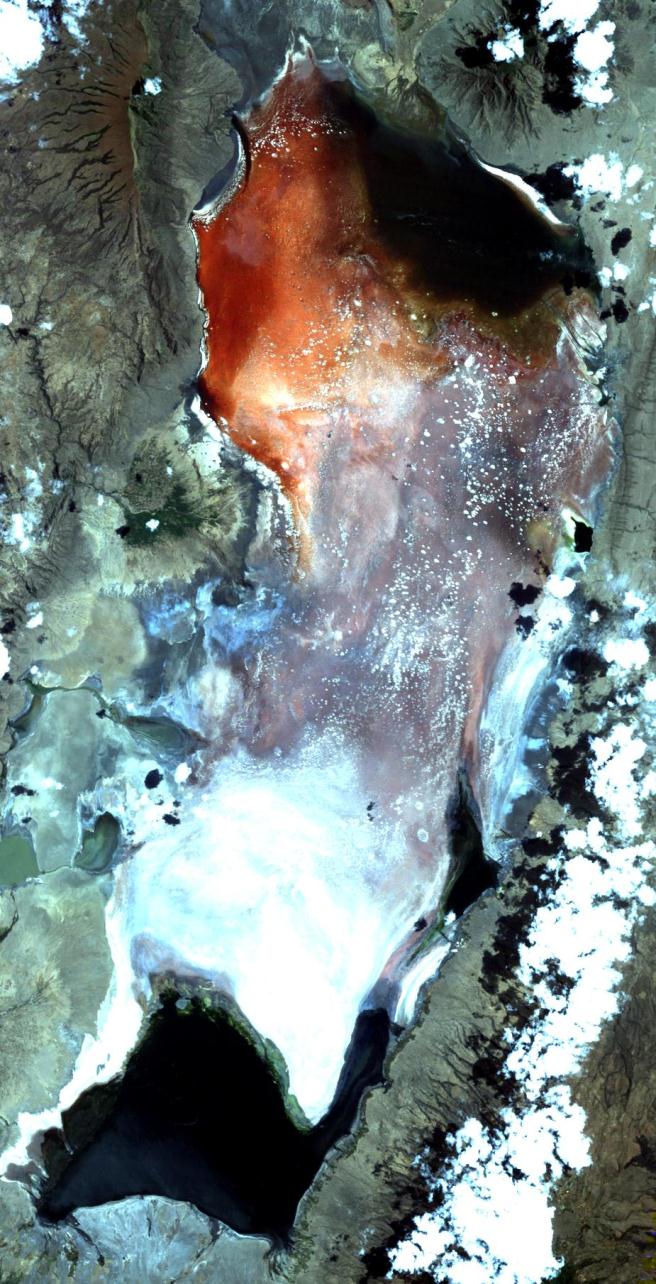


Yet, the continent is also home to the infamous killer lakes that no wildlife or human settlement is known to be kept safe. It also has many rainforests, savannas, and lakes, with the greatest of them ranking as the world’s second-largest freshwater lake. Lake Natron Lake Natron is one of the deadliest lakes in the world.Īfrica is not only home to deserts and wildlife. The carbon dioxide in Lake Nyos was suppressed beneath the lakes’ waters until it was released quickly, resulting in a spontaneous, swift, and quiet disaster. The cause of the gas explosion may be summed up in two words: carbon dioxide. After the disaster, most of the towns and villages in the area were abandoned. The Lake Nyos Disaster, which occurred in 1986, rocked Africa when the lake unexpectedly unleashed a giant cloud of carbon dioxide in the middle of the night, killing over 1,700 people living around the lake and 3,500 animals. Although it may appear to many as an ordinary lake, it is considered the world’s deadliest. It’s a deep lake high on the crater rim of an extinct volcano in Cameroon’s Oku volcanic plain. Lake Nyos is a crater lake in the Northwest Region of Cameroon. For more information, see the official USGS copyright policy. United States Geological Survey / This image is in the public domain in the United States because it only contains materials that originally came from the United States Geological Survey, an agency of the United States Department of the Interior. The 12 Deadliest Lakes in the World Lake Nyos Considered the world’s deadliest lake, Lake Nyos is a deep lake on the crater rim of an extinct volcano. This article will list down the 12 deadliest lakes in the world, where to find them, and the tragic stories that lie underneath. From being nestled near volcanoes down to getting dumped with radioactive and toxic chemicals, several lakes around the globe can be so dangerous that they could kill. There are various reasons why lakes can be so deadly. However, not all lakes give life – some of them can take life and destroy wildlife. Lakes provide humans and wildlife a plethora of functions and benefits, ranging from drinking water, habitat or residency, and hydroelectric power.


 0 kommentar(er)
0 kommentar(er)
